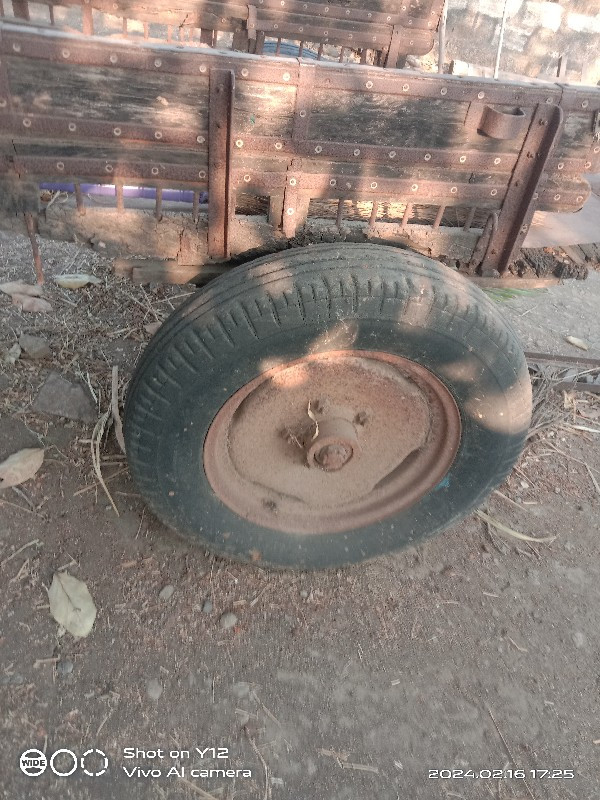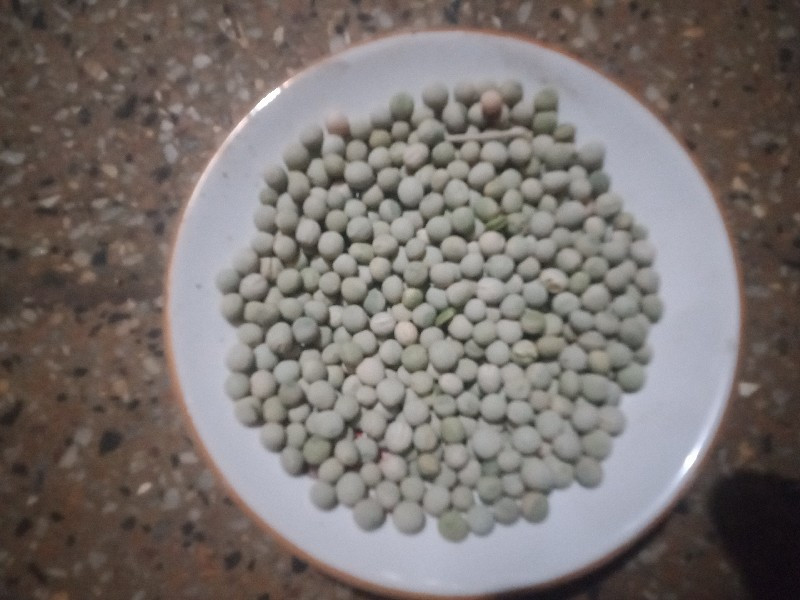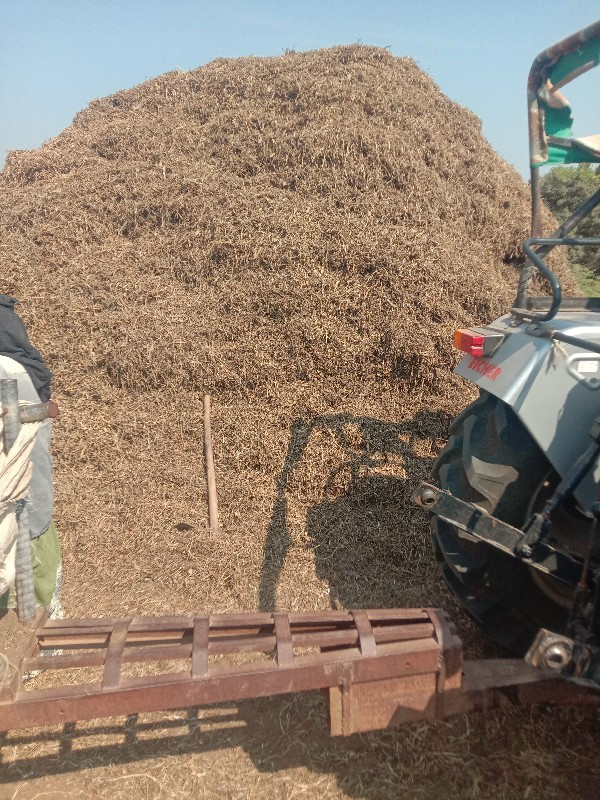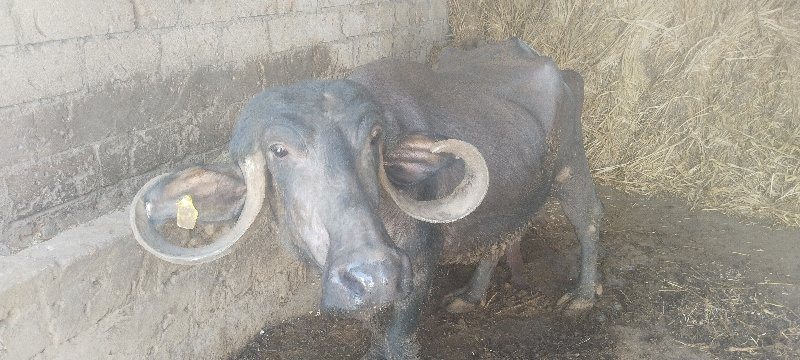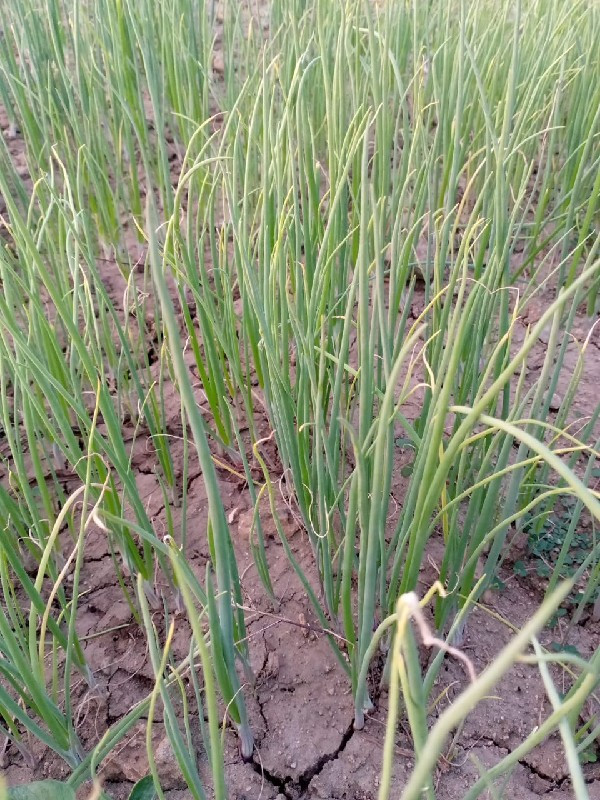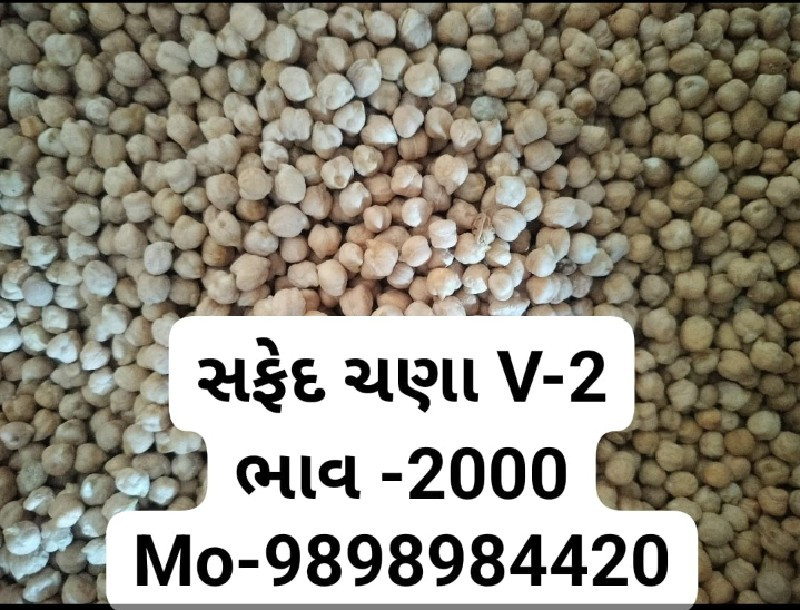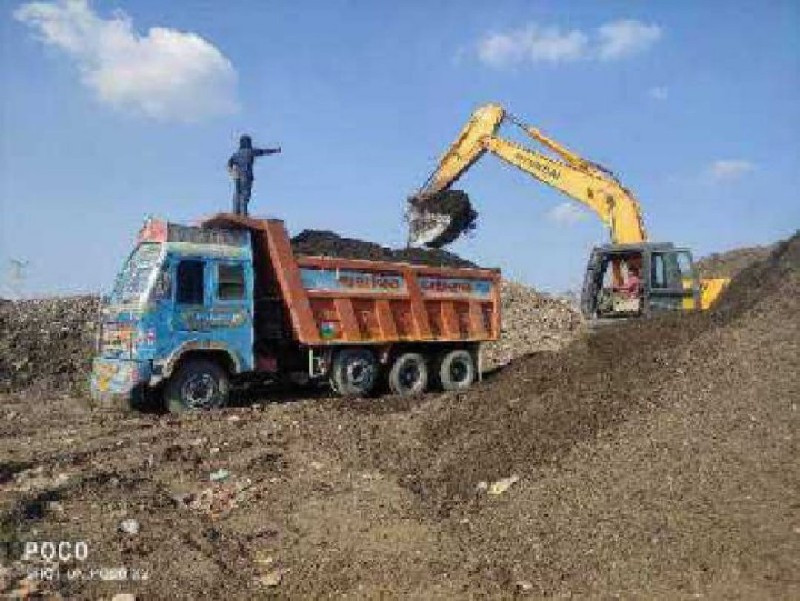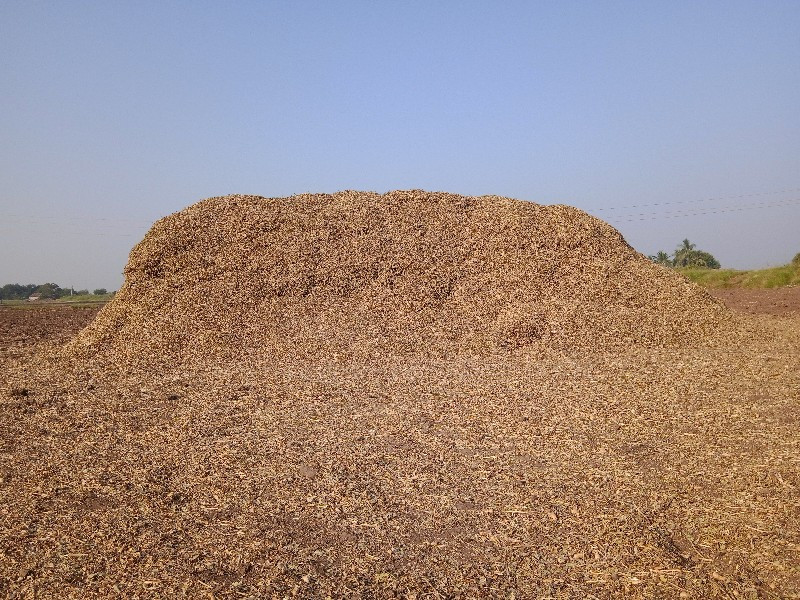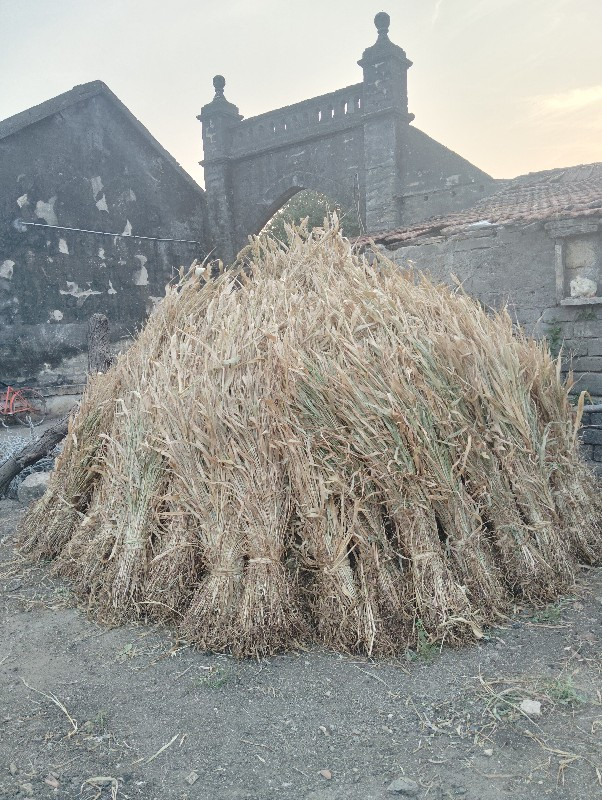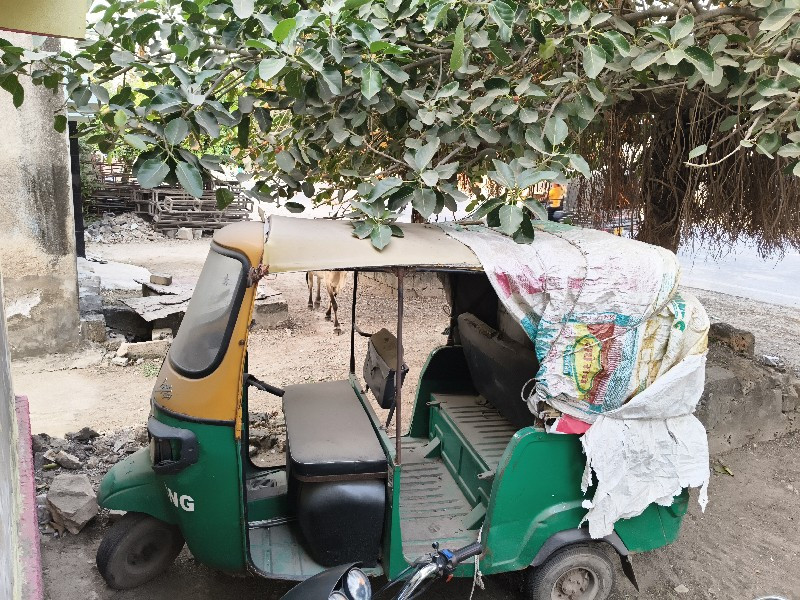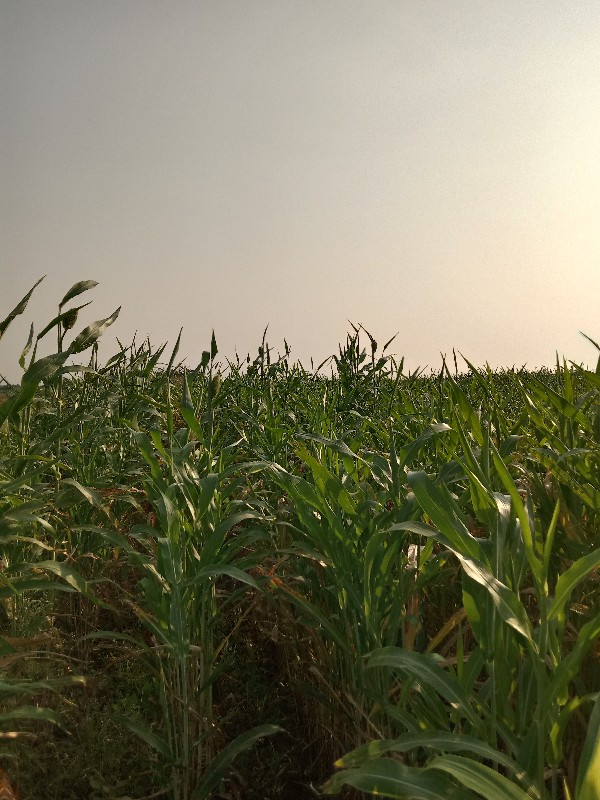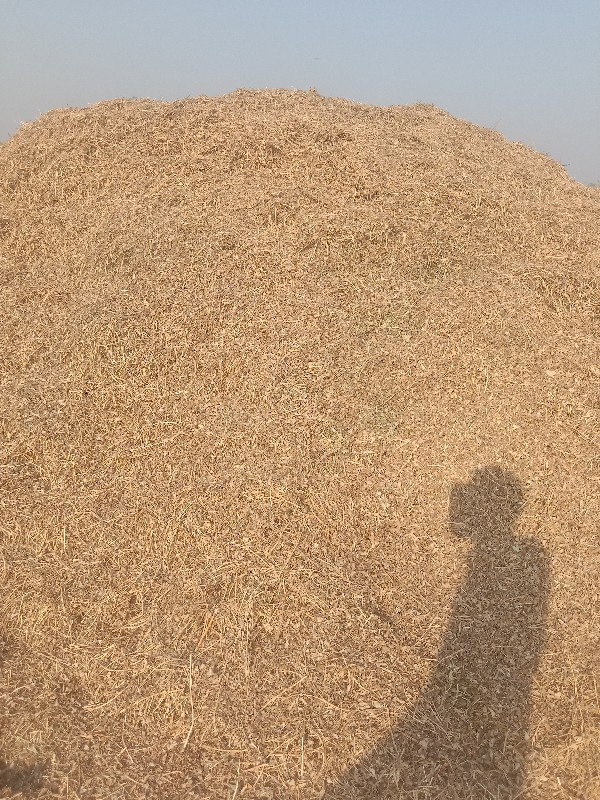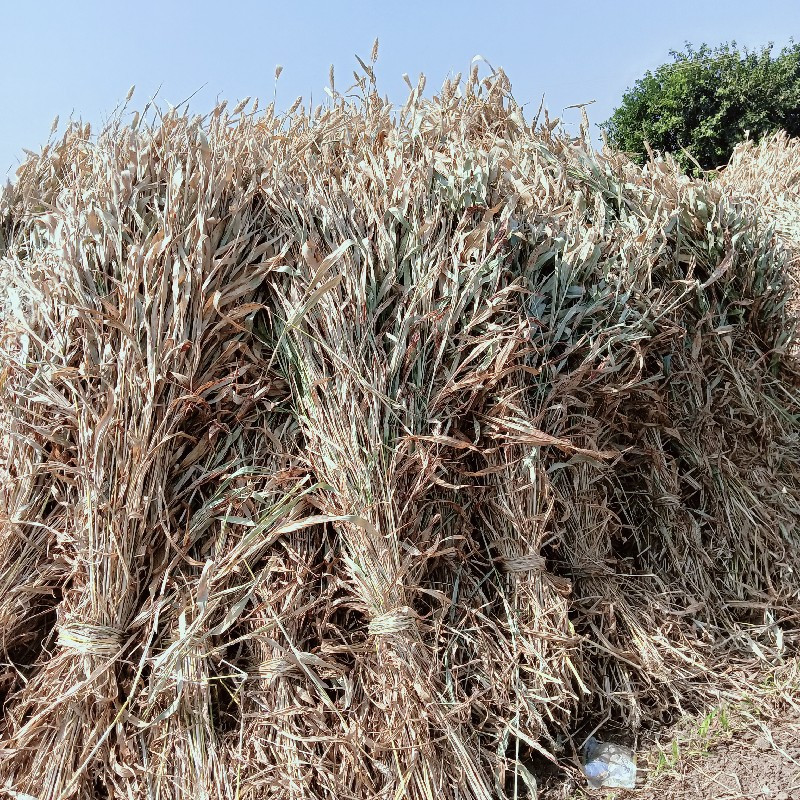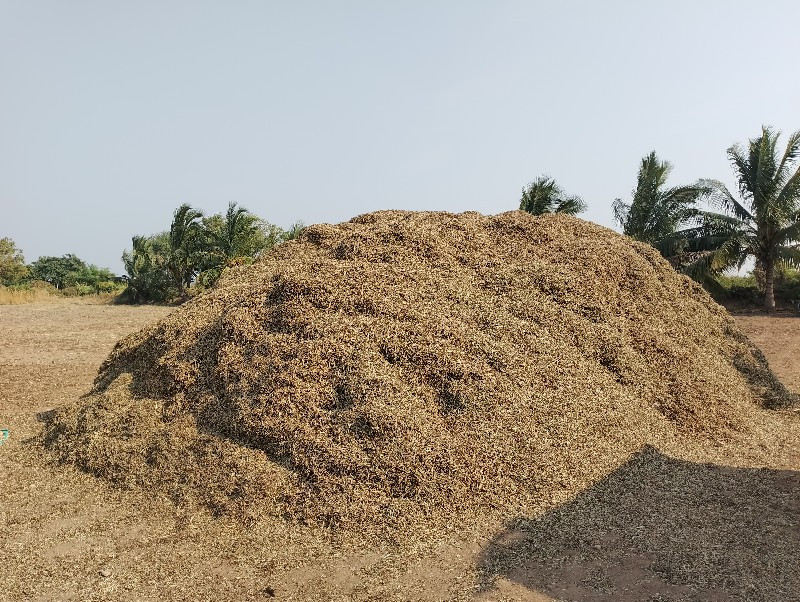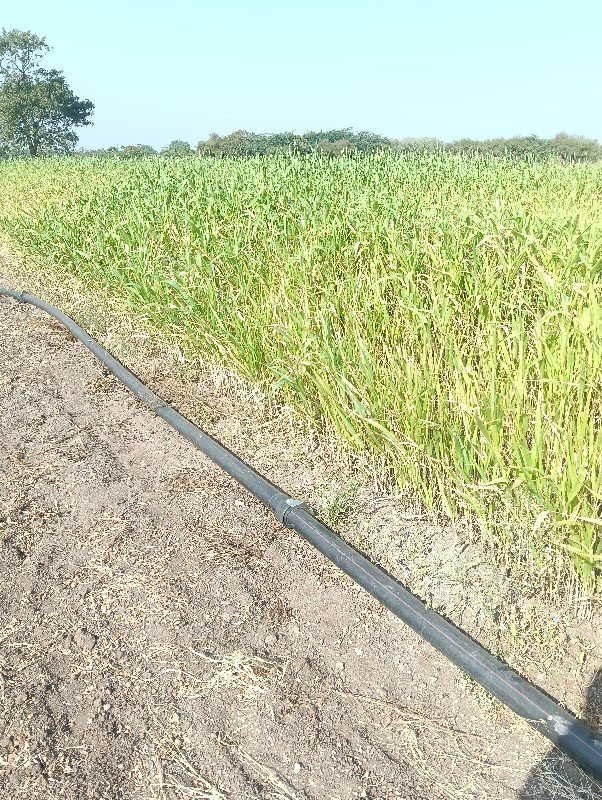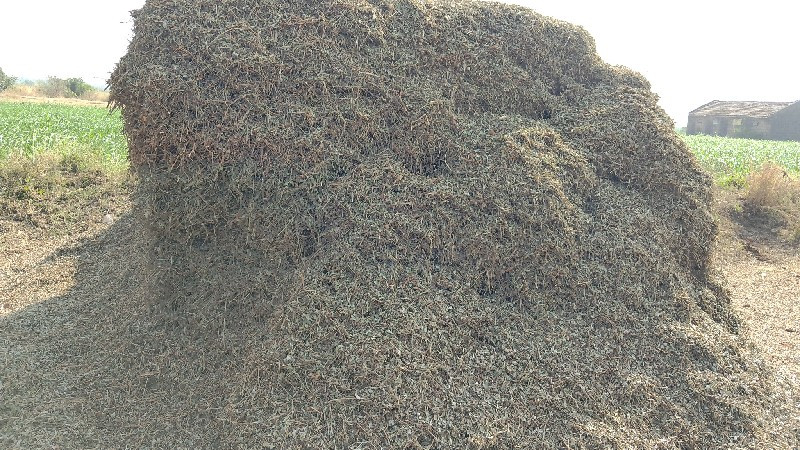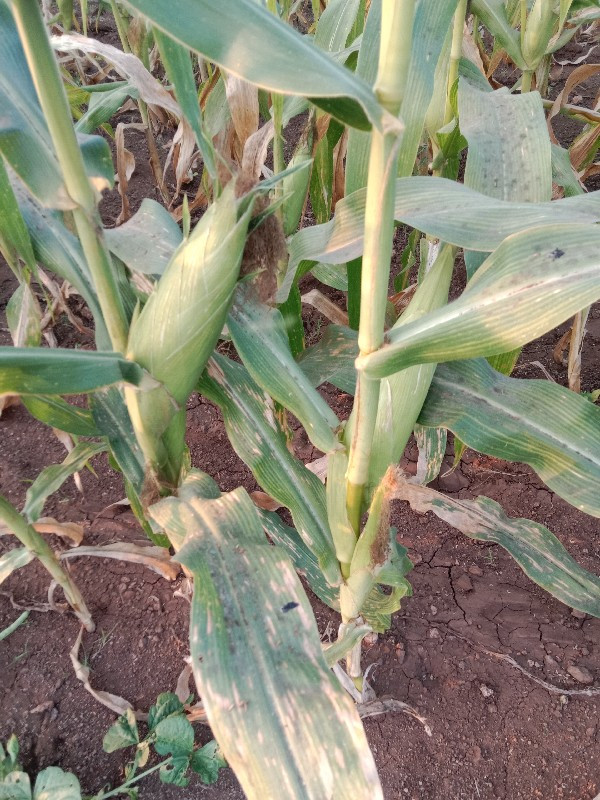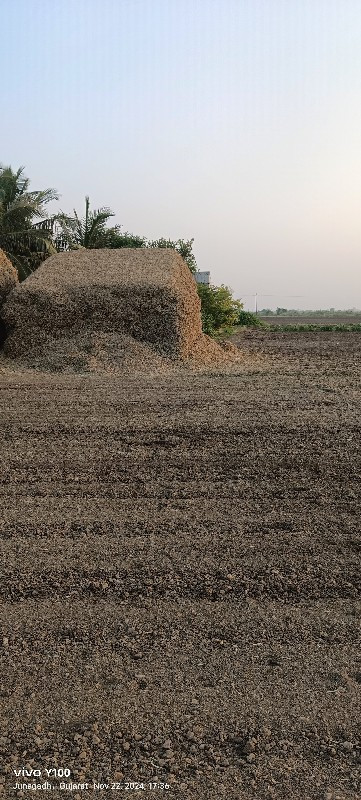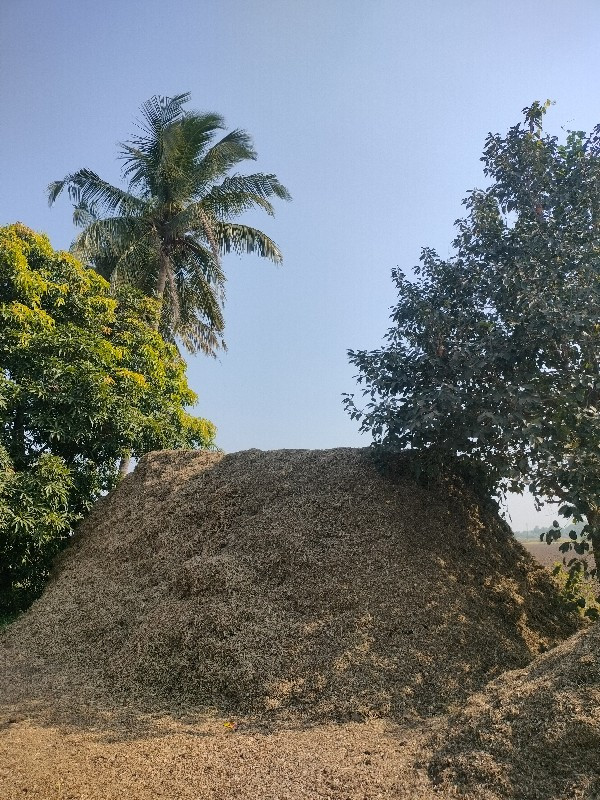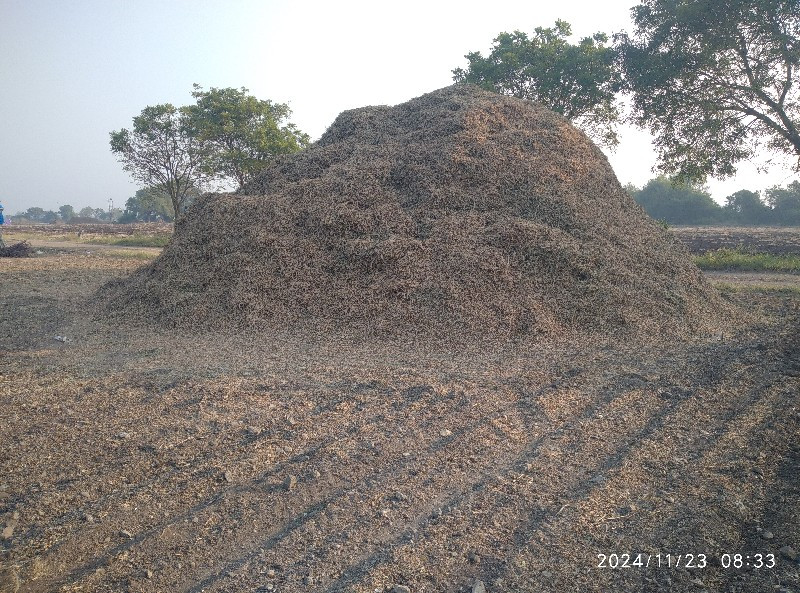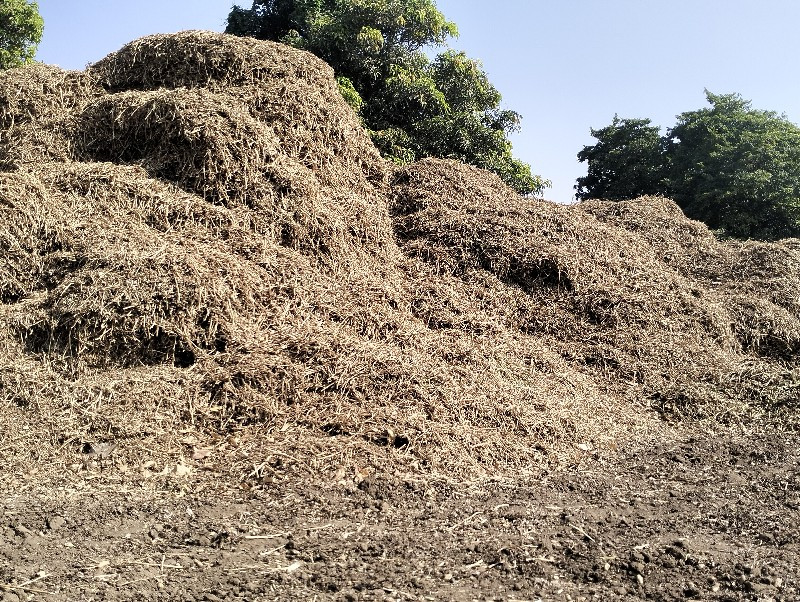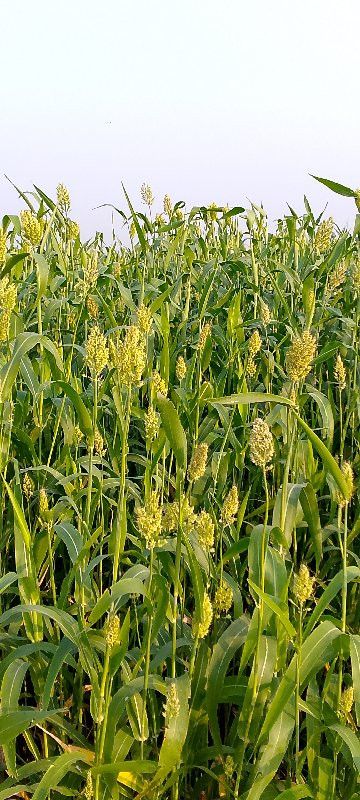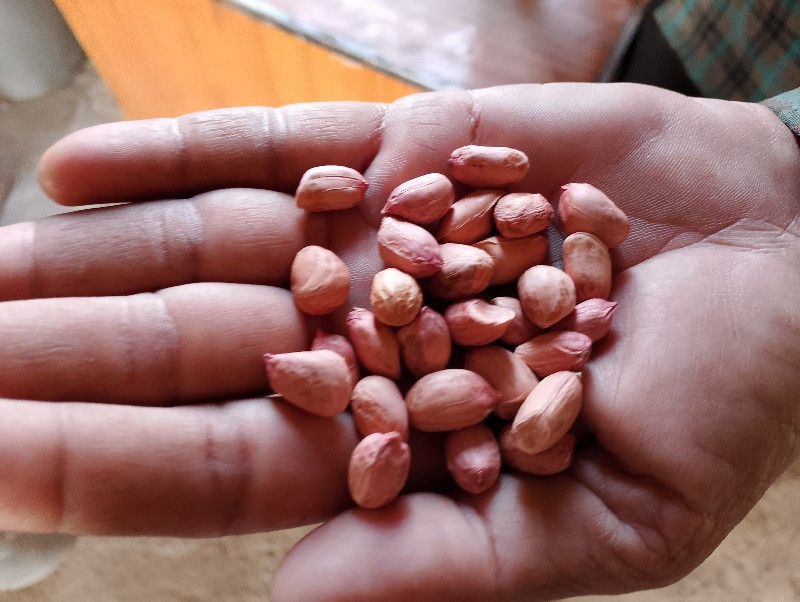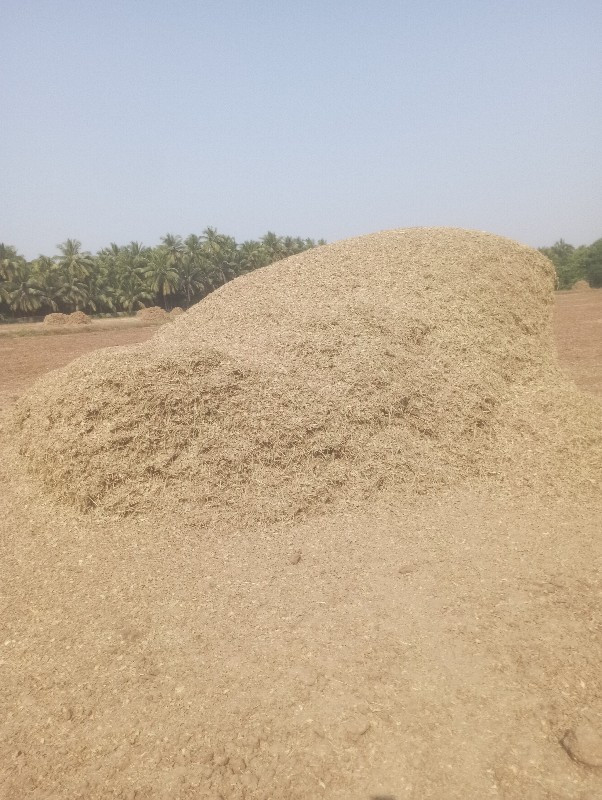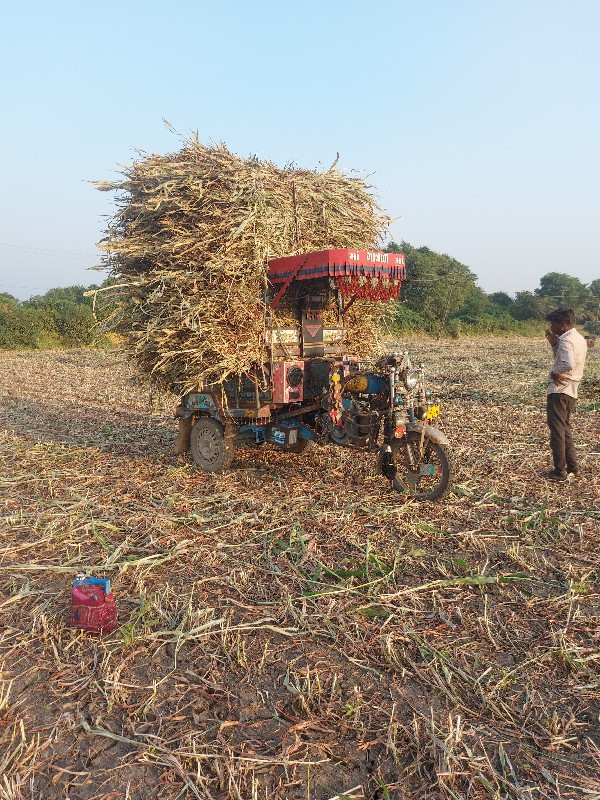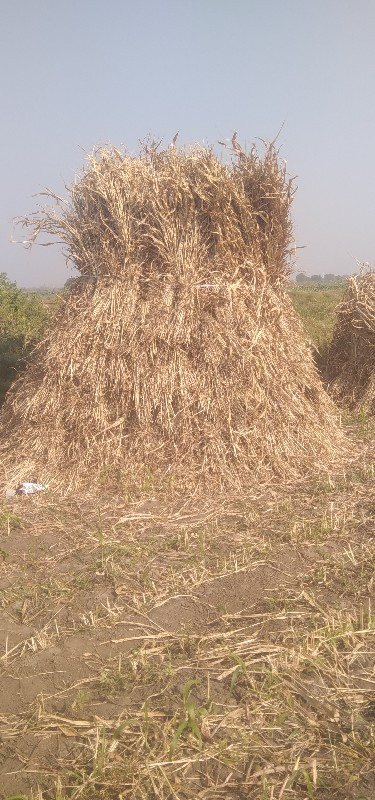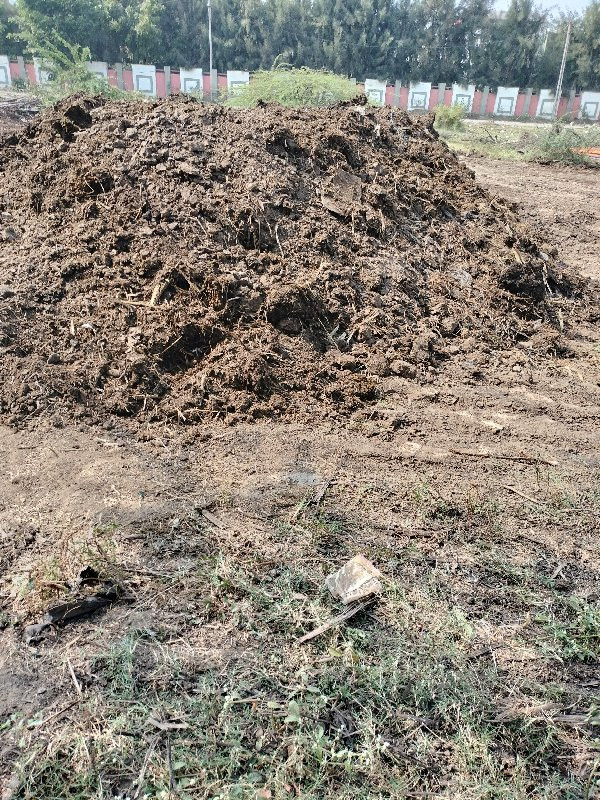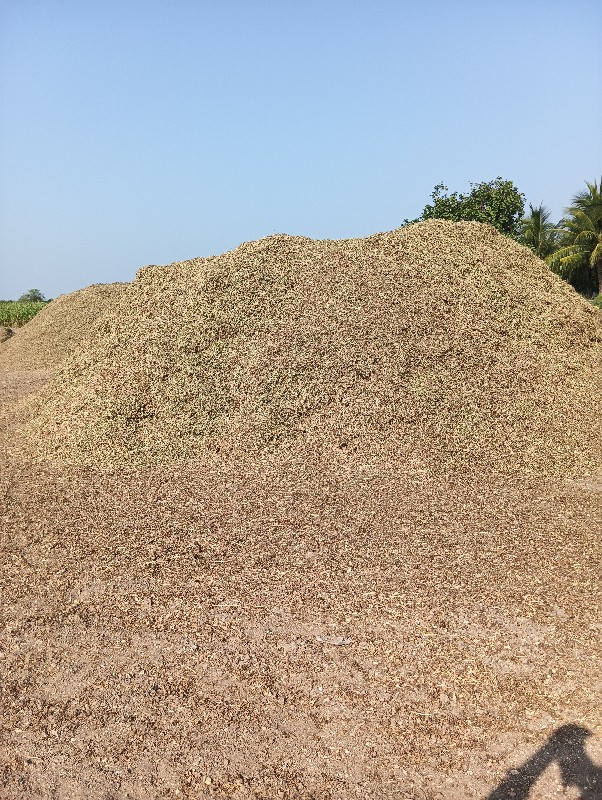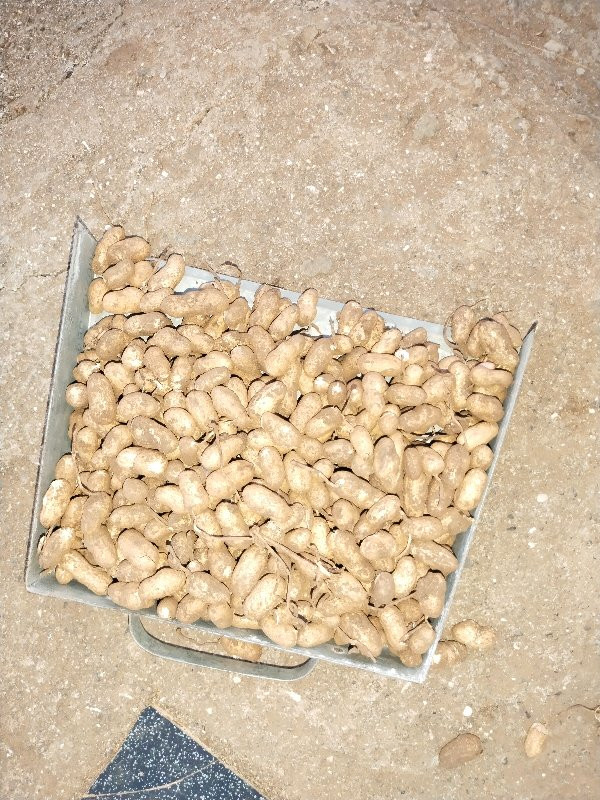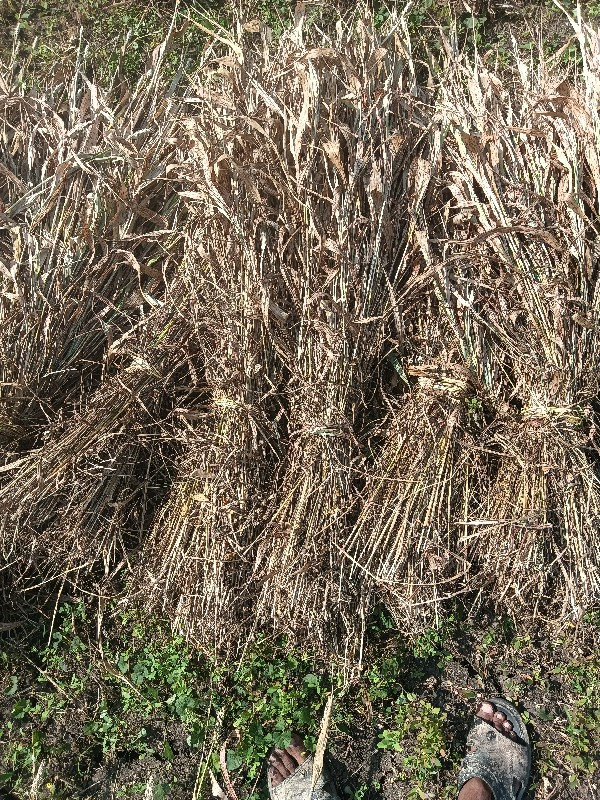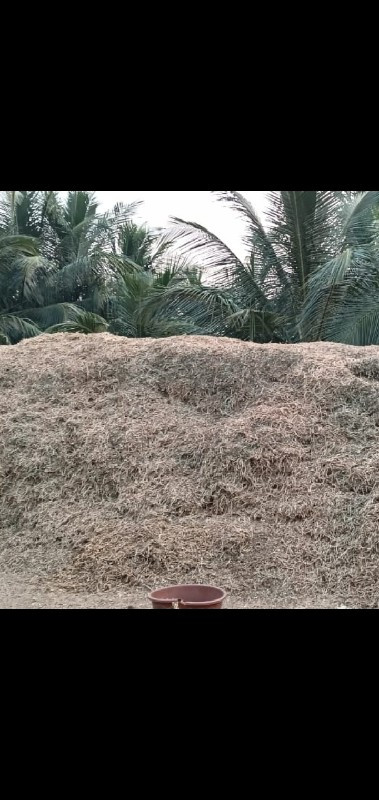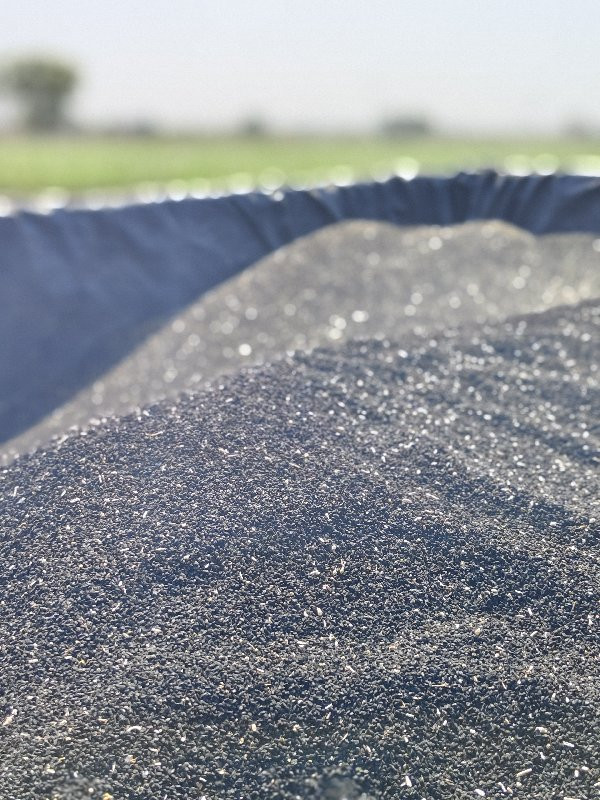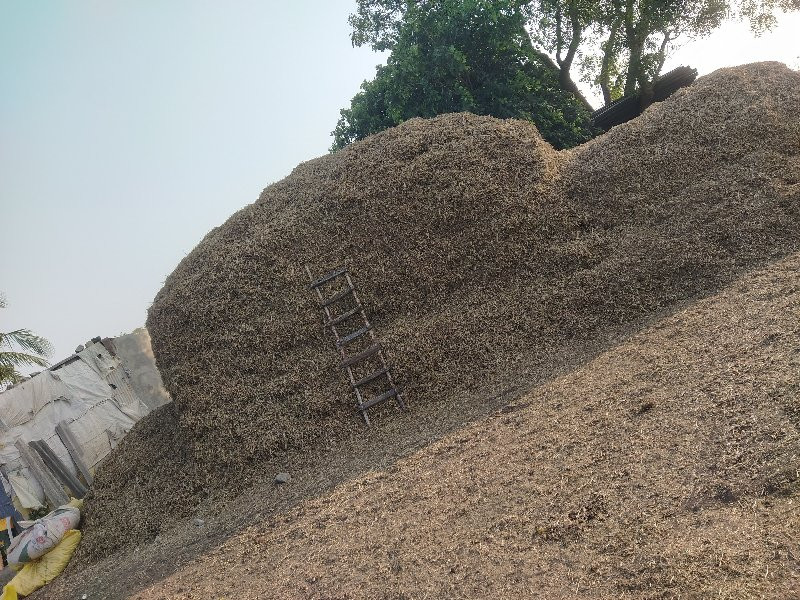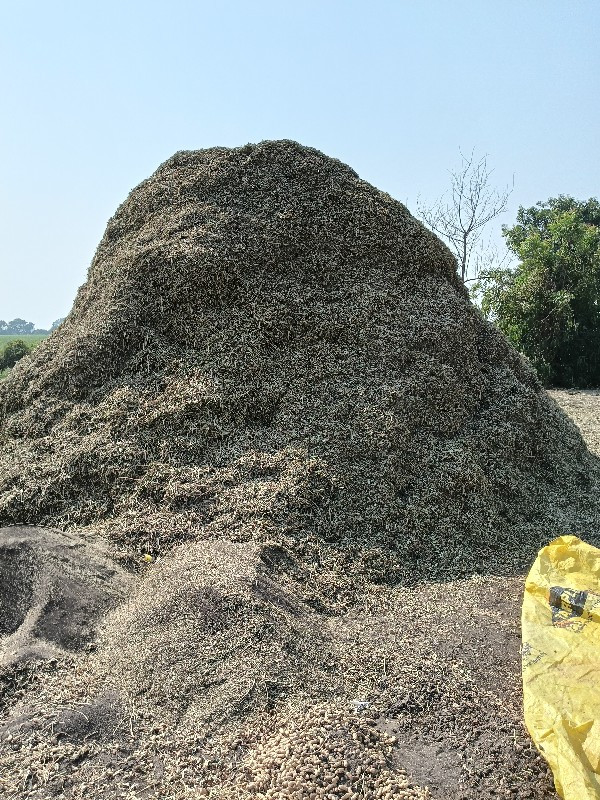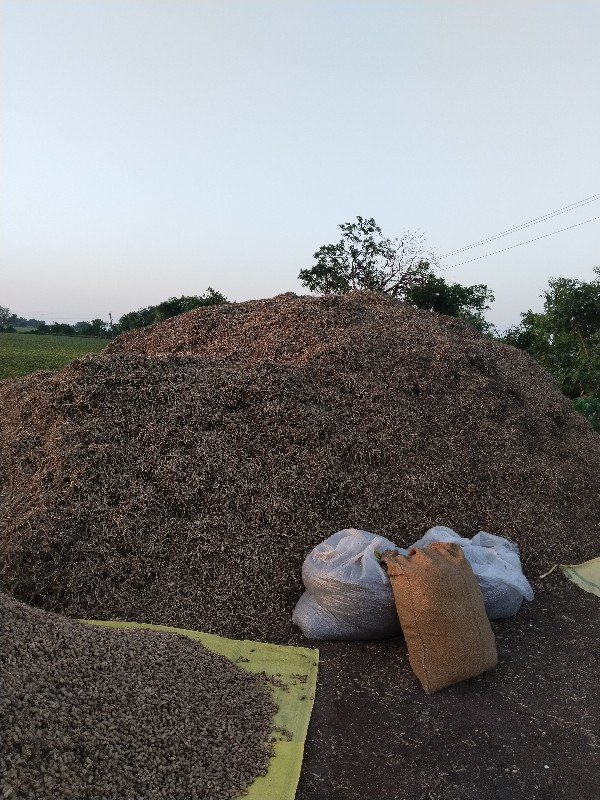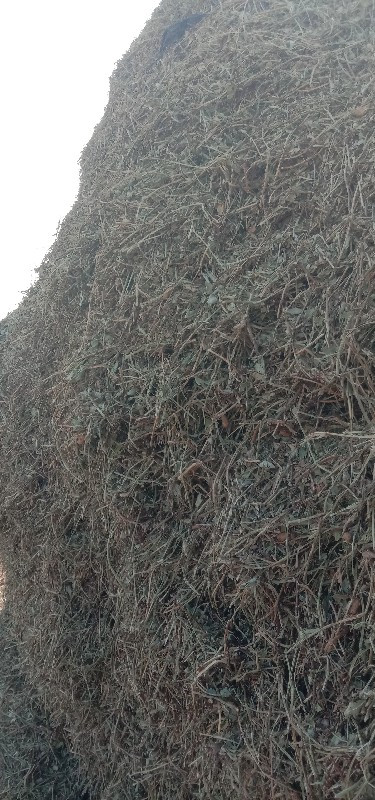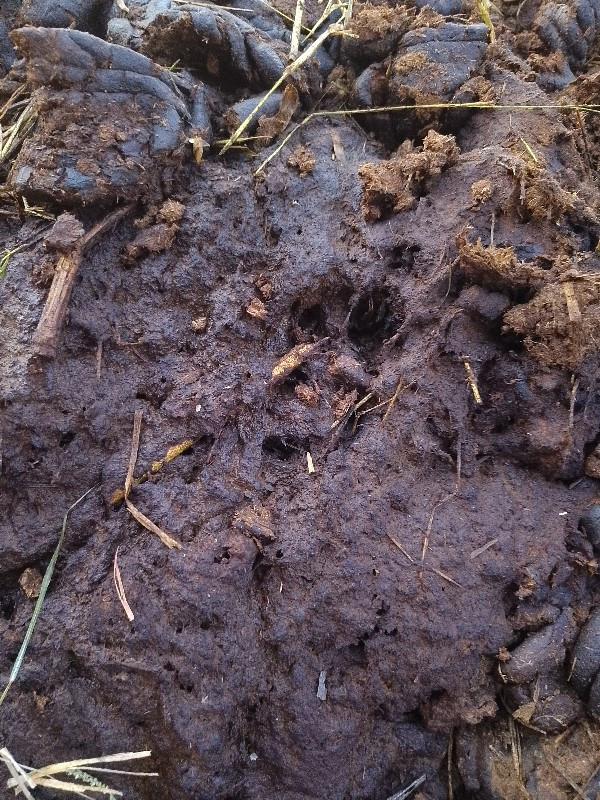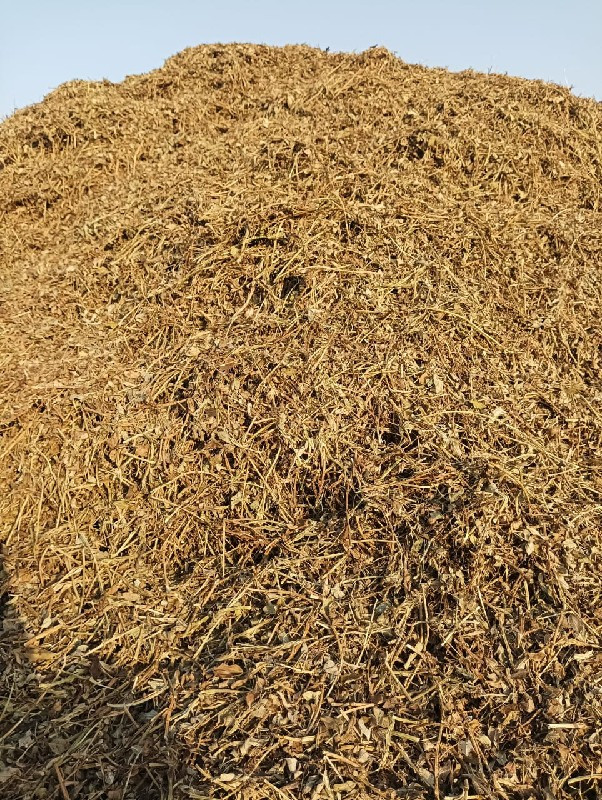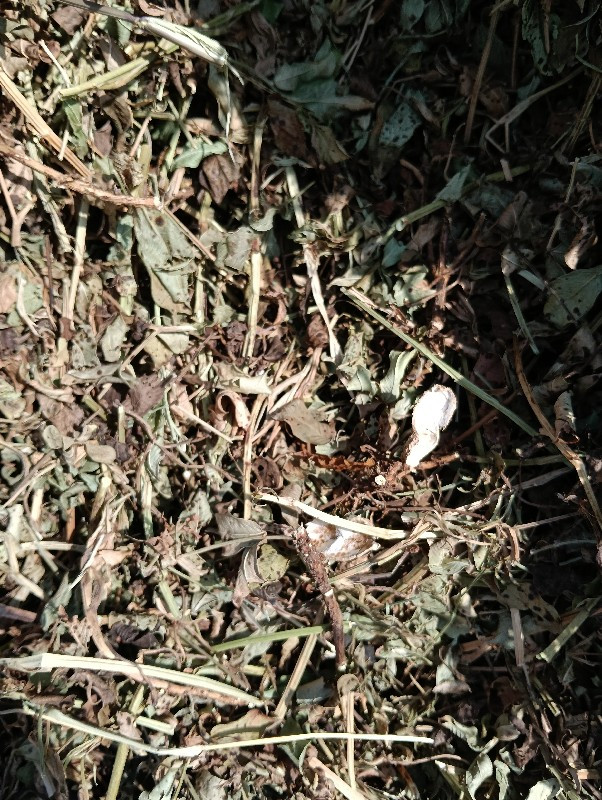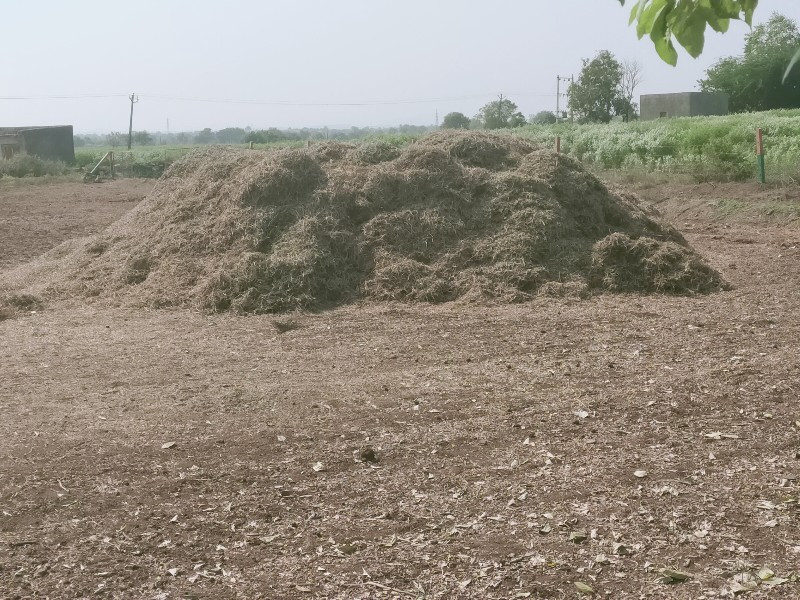
Everything You Need to Know About Sugarcane Farming
Sugarcane is an important cash crop grown in India and many other parts of the world. It is the primary source of sugar production, and it is also used to produce ethanol, molasses, and other valuable by-products. If you're planning to start sugarcane farming or looking to improve your existing practices, here are some tips, techniques, and insights to help you grow and harvest high-quality sugarcane crops.
- Soil and Climate: Sugarcane thrives in a warm and humid climate with temperatures ranging between 20-35°C. The ideal soil for sugarcane cultivation is well-drained loam or clay loam with a pH level of 6.5-7.5. Proper soil preparation, including plowing and harrowing, is necessary for optimal sugarcane growth.
- Variety Selection: The choice of sugarcane variety will depend on the soil and climate conditions of your region, as well as the intended use of the crop. Some popular sugarcane varieties in India include Co 86032, Co 86025, Co 94012, Co 0258, and Co 0238.
- Planting: Sugarcane can be planted either through settlings or by using sugarcane buds. Settling planting involves planting sugarcane setts, which are cuttings taken from the stem of the sugarcane plant. Buds planting involves planting sugarcane buds, which are small pieces of stem that have one or more nodes. Sugarcane planting should be done at the onset of monsoon or at the end of the winter season.
- Irrigation: Sugarcane requires adequate irrigation, especially during the early growth stages. It is recommended to irrigate the crop every 10-12 days during the summer season and every 20-25 days during the winter season.
- Fertilizer Application: Sugarcane requires a lot of nutrients for optimal growth and productivity. It is recommended to apply fertilizer in split doses, with the first dose at the time of planting and subsequent doses at regular intervals. Nitrogen, phosphorus, and potassium are the major nutrients required for sugarcane growth.
- Weed Control: Weeds compete with sugarcane for nutrients and can cause significant yield losses. It is important to control weeds during the early growth stages of sugarcane. Pre-emergence herbicides can be used to control weeds before the sugarcane emerges, and post-emergence herbicides can be used to control weeds after the sugarcane has emerged.
- Harvesting: Sugarcane harvesting should be done at the right time to ensure maximum sugar yield. The right time for harvesting will depend on the variety of sugarcane and the weather conditions. Sugarcane is harvested by cutting the stems at the base using a machete or sugarcane harvester. The cut sugarcane stems are then transported to the sugar mill for processing.
In conclusion, sugarcane farming requires careful planning, attention to detail, and proper implementation of various techniques and practices. By following the tips and insights outlined in this article, you can grow and harvest high-quality sugarcane crops that can be sold on the Piplana Pane

